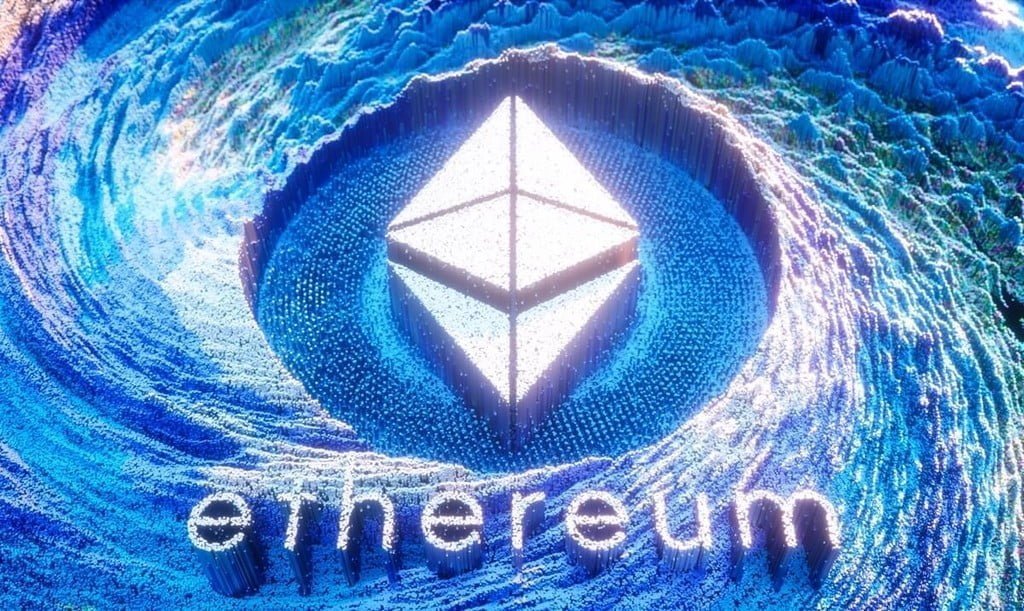Ethereum Dencun Upgrade, expected to substantially improve Ethereum’s scalability and substantially reduce network transaction fees of layer-2 networks, has officially gone live on March 13, 13:55 UTC.

Although the Dencun upgrade represents progress, it does not address every limitation of layer-2 solutions, according to Arthur Breitman, co-founder of the Tezos blockchain. He communicated with Cointelegraph:
“The Dencun upgrade does the bare minimum to extend the data usable by rollups on Ethereum which should lower transaction costs in these L2 solutions. This is a step in the right direction, but ultimately, rollups built on top of Ethereum remain very throughput constrained and are forced to adopt extreme centralization measures.”
The Shanghai upgrade, which enabled network participants to unstake their Ether for the first time following its transition to a proof-of-stake network after the Merge, occurred almost a year before the Dencun launch.
The Dencun hard fork integrates a collection of nine distinct Ethereum Improvement Proposals (EIPs). The upgrade’s name combines the Deneb and Cancun upgrades to Ethereum’s consensus and execution layers.
Antenna Deneb seeks to enhance the consensus layer or the method by which network participants agree on the blockchain’s state. Cancun concentrates on improving the management and processing of transactions at the execution layer.
Proto-danksharding, or the introduction of data structures via EIP-4844, is one of the most notable aspects of the upgrade, according to James Wo, the founder and CEO of Digital Finance Group. He communicated with Cointelegraph:
“[Proto-danksharding] aims to reduce layer-2 transaction fees by enhancing data availability, a crucial move toward establishing Ethereum as a scalable settlement layer.”
Users of the Ethereum mainnet will not be impacted by the guaranteed fee reductions, according to a report published on March 6 by Max Wadington, a research analyst at Fidelity Investments. His writing was:
“In the short term, users who wish to benefit from this fee change must sacrifice some decentralization and security by transacting on L2s instead of Ethereum. This will certainly spur more users to bridge assets elsewhere. However, we strongly believe that transacting on Ethereum for application-specific purposes will still be considered the best option (especially for high-value transactions) in the medium term as L2 platforms continue to mature.”
Above 72 gwei, gas fees on the Ethereum mainnet remain exorbitant. Users would incur an average gas expense of $86.15 for an exchange, while selling nonfungible tokens would cost $145.60, according to data from Etherscan.

